A couple of months ago at my friend’s house (Loretta) I discovered Kefir. I love natural yoghurt and it was love at first spoonful. Back home I read up a bit online, and I discovered that in addition to being good to eat, it is also good for wellness. The name says it all (“Kefir” comes from Armenian “keif” which literally translates to “feel good”) and is considered an elixir of life and a miraculous food for our body .
So I adopted a little jar of these good ferments, I have fresh yogurt every morning – that I eat with fresh fruit and grains – and I’ve already started experimenting mode d’emploi and collect some delicious recipe that I will post soon.
Meanwhile, here is how to manage the enzymes.
Provide yourself of:
- 1 or 2 tablespoons of Kefir granules (the granules must be at least 5% of milk weight)
- 1 glass jar with lid
- 1 strainer
- 1 tablespoon
- milk (any kind – pasteurized, UHT , raw, whole, semi- skimmed or skimmed milk , cow milk, goat or donkey milk) obviously changing milk will change flavor of kefir. Even if the grains will remain more healthy in fresh or in whole milk
Directions
- Put Kefir grains in the glass container and pour the milk, up to two thirds of the volume of the container (no more than three quarters!)
- Cover with a lid just lean loosely in order to allow air to pass.
- Put it in a place not exposed to direct sunlight, at room temperature (between 18 and 30° C) for 24-48 hours (at the most! In this case add a bit of milk from day to day).
- At this point the fermented Kefir should be filtered. Before you begin, gently mix the contents of the jar, until it takes the consistency of a cream. Be careful and do not be rude please! The grains are delicated, not break them, do not try to separate them, do not squeeze and do not rinse! Washing Kefir in water depletes the content of yeast and bacteria.
- Now filtered with a sieve (mesh not too large, otherwise the new small ferments will be lost), under which you will place another container (a bowl of plastic). Help to filter with a spoon.
- Rinse the container where you had left to ferment the kefir grains and start again form step 1.
Recommendations
It would be better to use strainer and plastic spoon (not as me in that photo, I used steel), because the acidity of the kefir corrode the metal and the grains could be contaminated.
I use another strainer that I put before the second container. Between the two strainers I put a linen cloth: in this way I separate the serum, in order to have a kefir less acidic (so less bitter) and more dense. I leave that the cloth drains the ferments and put the whole thing in the fridge. After a couple of hours I fill the jar with the yogurt, which has become creamy, helping me with a spoon and than I put it again in the refrigerator.
These worms (ferments) grow visibly. If you can give them to those interested, otherwise you can use the excess amount as ricotta cheese in the salad.
The storage times are up to a week, but as more time passes the more it becomes acid (because of the continuous fermentation). I prefer to drink it within a few days.
How to eat it? Natural, with honey and dried fruits, served with jam and fresh fruit.

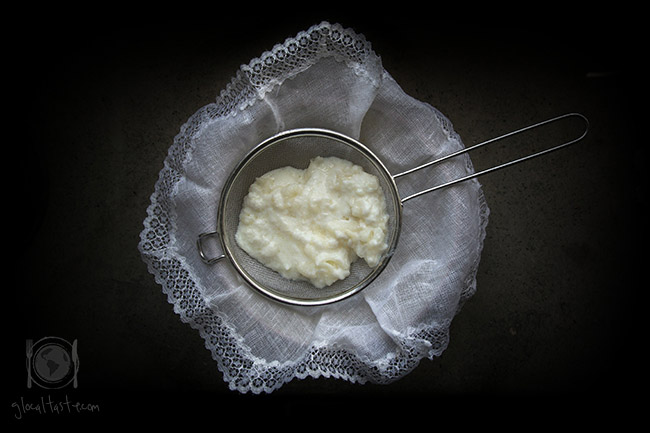
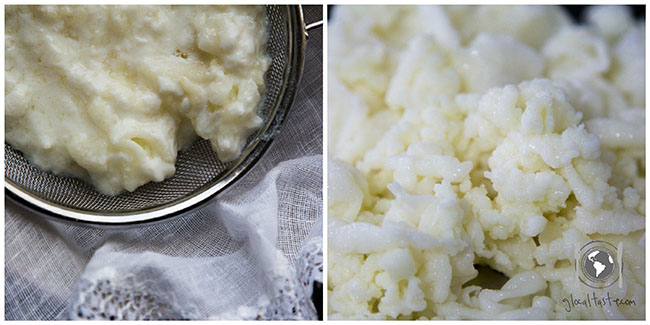
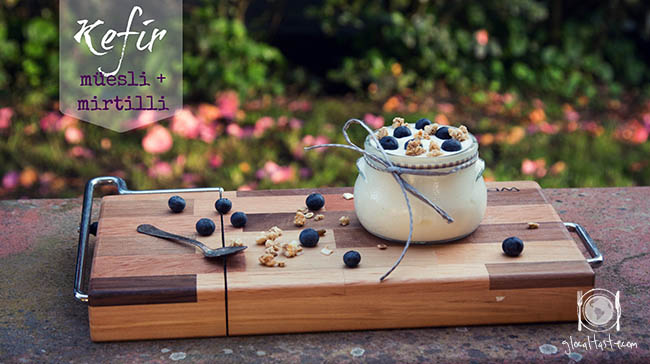
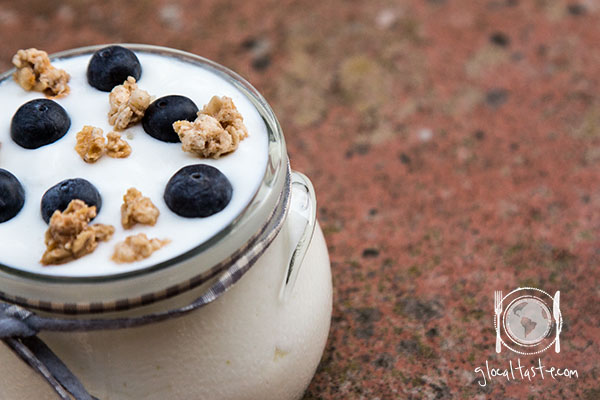


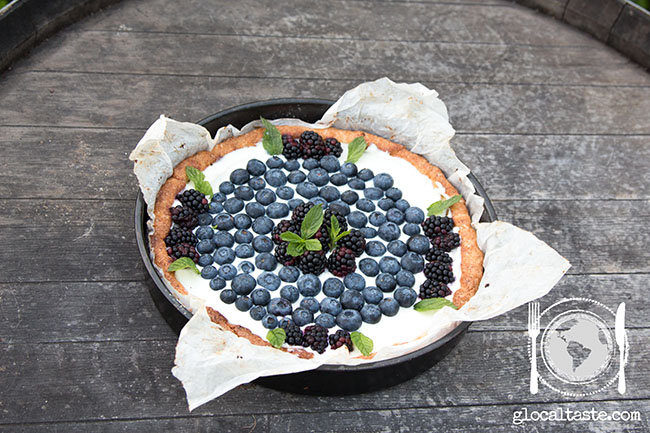
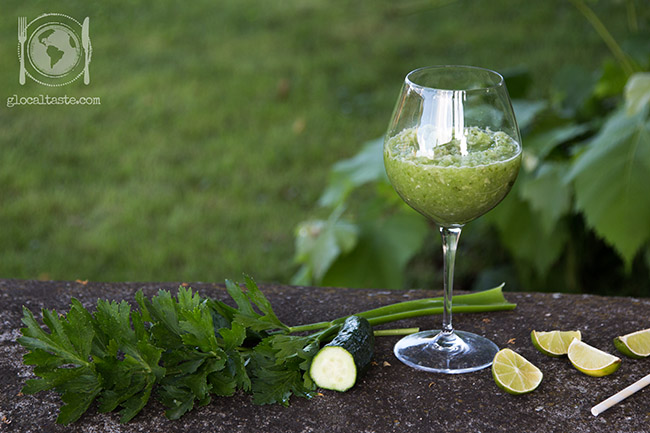













 English
English Italiano
Italiano